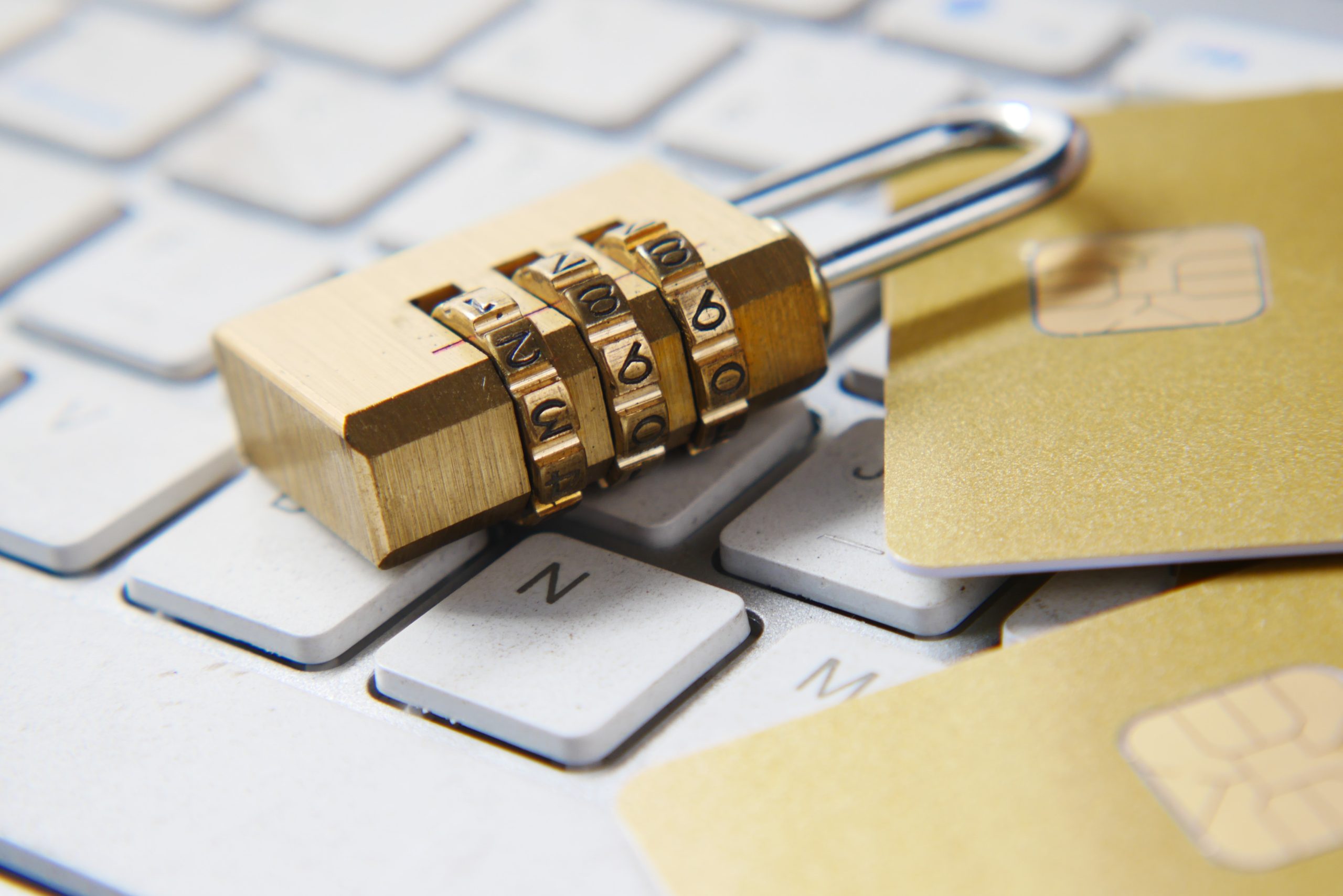What is the most secure file transfer method?
In today’s digital age, the need for secure file transfer methods is more vital than ever. Whether it’s confidential business documents, personal information, or sensitive data, organizations and individuals alike must prioritize the security of their file transfers to protect against potential cyber threats. With various options available in the market, it can be overwhelming to determine which method offers the highest level of security. This article aims to explore and evaluate different file transfer methods, comparing their features and encryption measures to identify the most secure option. By understanding these alternatives, individuals and businesses can make informed decisions that safeguard their valuable data from unauthorized access or interception.
The importance of secure file transfer methods
One of the most important aspects of file transfer is ensuring that the method used is secure. With the increasing number of cyber threats and data breaches, it has become crucial for individuals and businesses to prioritize security when transferring files. The most secure file transfer method is one that utilizes end-to-end encryption. This means that the data being transferred is encrypted at the source and can only be decrypted by the intended recipient.
End-to-end encryption ensures that even if a hacker intercepts the data during transit, they would not be able to access or decipher it without the encryption key. This provides a significant level of protection against unauthorized access and ensures that sensitive information remains confidential. Additionally, secure file transfer methods often include features such as password protection, two-factor authentication, and audit logs to further enhance security.
By using a secure file transfer method, individuals and businesses can effectively protect their valuable information from falling into the wrong hands. It helps build trust with clients and partners by assuring them that their data is being handled securely. In an era where cybercrime rates are on the rise, investing in secure file transfer methods should be a top priority for anyone concerned about their privacy and confidentiality online.

Encryption: Protecting your files from unauthorized access
When it comes to protecting your files from unauthorized access, encryption is a crucial tool. Encryption involves converting data into a format that cannot be easily understood or accessed without the correct decryption key. It adds an extra layer of security to your files, making them unreadable to anyone who does not have the proper authorization.
One widely used method for encrypting files is end-to-end encryption (E2EE), which ensures that only the sender and intended recipient can access the information. E2EE encrypts data on the sender’s device before it is transferred and decrypts it on the recipient’s device upon arrival. This method offers high levels of security as even service providers cannot decipher the encrypted content.
Another secure file transfer method is using virtual private networks (VPNs). VPNs create a secure, encrypted tunnel between two devices over a public network such as the internet. By utilizing strong encryption protocols, VPNs prevent unauthorized individuals from intercepting or accessing your files during transmission. This makes VPNs an effective option for safeguarding sensitive information while transferring files online.
In conclusion, when it comes to protecting your files from unauthorized access during transfers, encryption methods like end-to-end encryption and virtual private networks offer robust solutions for ensuring data confidentiality and integrity.
Secure FTP: A popular method for secure file transfer
One of the most popular methods for secure file transfer is Secure FTP (SFTP). SFTP provides an added layer of security by encrypting both the data and commands being transmitted. This ensures that sensitive information remains protected during the transfer process. SFTP uses SSH (Secure Shell) protocol, which means it requires authentication using usernames and passwords or public key authentication.
SFTP is widely used by organizations to securely exchange files between servers and clients over a network. This method offers strong encryption algorithms, making it virtually impossible for hackers to intercept or tamper with the data in transit. Additionally, SFTP supports additional security features such as data integrity checks and access control lists, allowing administrators to have fine-grained control over who can access and modify files.
Compared to other file transfer methods like FTP or HTTP, which transmit data in plain text, SFTP provides a higher level of confidentiality and integrity. Its popularity stems from its robust security measures combined with ease of use, making it an ideal choice for businesses looking to protect their sensitive information during file transfers.


SFTP vs FTPS: Comparing two secure FTP protocols
SFTP (SSH File Transfer Protocol) and FTPS (File Transfer Protocol Secure) are two popular secure file transfer protocols used to securely transmit files over a network. SFTP is an extension of the SSH protocol and provides a secure connection with strong encryption, while FTPS is an extension of FTP that adds Transport Layer Security (TLS) or Secure Sockets Layer (SSL) encryption.
One key difference between SFTP and FTPS is their underlying protocols. SFTP utilizes the SSH protocol, which provides a higher level of security by encrypting both the data being transmitted and the login credentials. On the other hand, FTPS uses SSL/TLS for encryption, which encrypts only the data being transferred but not necessarily the login information.
Another distinction lies in their port requirements. SFTP typically uses port 22 for communication, which may already be open in most firewalls due to its association with SSH. Meanwhile, FTPS generally requires additional ports to be opened on the firewall for successful file transfers, making it more challenging to configure in certain network environments.
Overall, choosing between SFTP and FTPS depends on specific needs and preferences. While both protocols offer secure file transfers, SFTP may be favored for its simplicity and strong security measures through SSH encryption. Conversely, FTPS might be preferred when compatibility with legacy systems or specific client requirements is crucial due to its similarity with traditional FTP combined with SSL/TLS encryption capabilities.
HTTPS: Secure file transfer over the web
One of the most secure file transfer methods over the web is HTTPS (Hypertext Transfer Protocol Secure). Unlike regular HTTP, which sends data in plain text, HTTPS encrypts the data during transmission to ensure its privacy and integrity. This encryption is achieved through SSL/TLS protocols, which create a secure connection between the client and server.
When using HTTPS for file transfer, all data sent between the sender and receiver is encrypted, making it extremely difficult for unauthorized individuals to intercept or access it. Additionally, HTTPS provides authentication of both parties involved in the transfer process, ensuring that you are communicating with the intended recipient and not an impostor.
By implementing HTTPS for file transfers, users can have peace of mind knowing that their sensitive information remains protected from eavesdropping or tampering. This method has become widely adopted across various industries where security is paramount, such as banking institutions or e-commerce platforms. With its robust encryption and authentication mechanisms, HTTPS stands as one of the most reliable options for securely transferring files over the web.


Conclusion: Choosing the most secure method for your needs
In conclusion, choosing the most secure file transfer method depends on your specific needs and priorities. If you prioritize end-to-end encryption and privacy, using a secure cloud storage service with strong encryption protocols may be the best option for you. These services often provide additional security features such as two-factor authentication, which adds an extra layer of protection to your files.
On the other hand, if you require a more controlled and localized approach to file transfers, setting up a Virtual Private Network (VPN) can ensure that your data remains secure during transit. VPNs encrypt your internet connection and create a secure tunnel for transferring files between devices. This method is particularly useful when accessing sensitive information remotely or sharing files within a closed network.
Ultimately, it is important to assess your specific requirements in terms of security, convenience, and ease of use when choosing a file transfer method. By evaluating factors such as encryption strength, authentication methods, and access controls, you can determine the most suitable option that aligns with your needs while ensuring the highest level of security for your transferred files.







